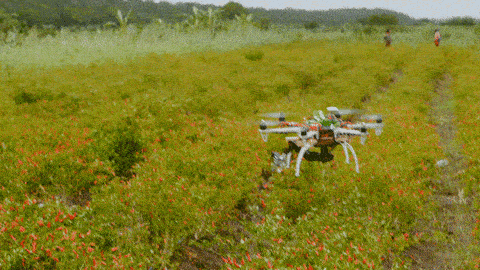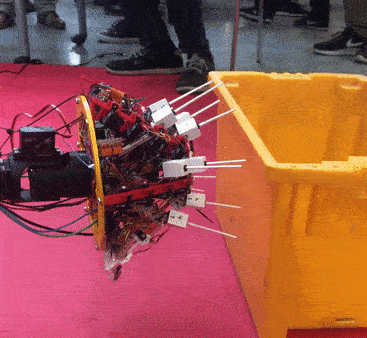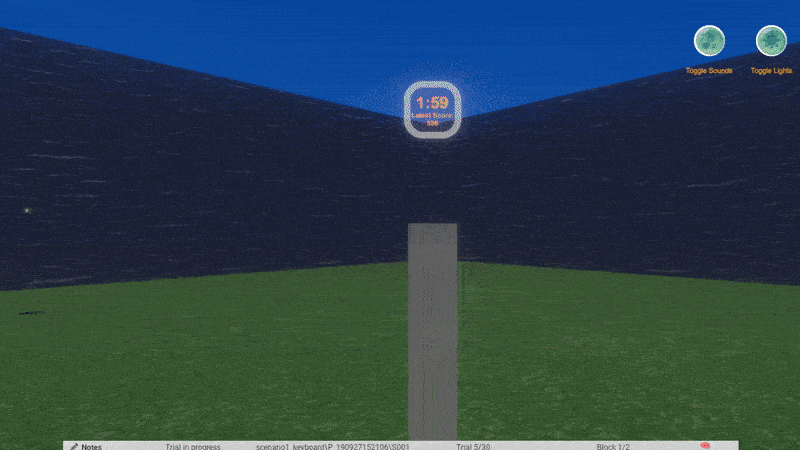Research Interests
Resilient and Resource Constrained Mobile Robots
Long Term Goals
My long-term goal is to develop mobile robots that are capable of handling uncertainties, just like humans and animals, while navigating in highly dynamic environments. This theme of building adaptive and intelligent robots can be described formally with the following hypothesis: Learning how to address the spatial cognition challenges based on the known neural mechanics of the brain can help to build better artificial intelligence algorithms which are capable of handling dynamic environments. Bio-inspiration can either be realized on the hardware front or the software front and my aim is to acquire observations (data) from both aspects to develop robotic systems that are capable of handling uncertain and dynamic environments with higher robustness as compared to existing (artificial) approaches. Upon maturity of the approaches, it will be my aim to be able to apply such bio-inspired algorithms to solve conventional challenges in high stake applications like autonomous driving or dexterous manipulation in industrial settings.
Short Term Goals
In order to achieve my long-term goal, I use the principle of “divide and conquer” i.e., I have set several short-term goals that directly contribute to the overall success of the long-term goal. Some of these short-term goals are near completion whilst others are set to begin in the near future. In what follows, I explain these goals.
Formalizing operational range estimation for mobile robots:

Modern day electric vehicles all come equipped with a mileage estimator to help you plan your journey given the energy available from the battery. When it comes to mobile robots, often this aspect is overlooked. For aerial robots it is often the flight time (endurance) that is used to make decisions on when to terminate the mission. But, such heuristic choices do not always guarantee a safe return path back to home thereby avoiding complete immobilization of the robot during the deployment. Thus, I am currently developing a unified range estimation framework that can help determine the operational range of all sorts of mobile robots by accounting for real-time deployment conditions and updating the range as the mission unfolds.
Developing & learning from biomimetic sensors:
Embodiment plays a crucial role in cognition. While embodiment is often misinterpreted as “intelligence needing a body”, Rolf Pfeifer and Josh Bongard described embodiment as an amalgamation of the internal control system, the morphology and the material used to build the morphology. Thus, the embodiment along with the operational environment jointly govern the behavior of the system. In other words, I believe that drawing inspiration from nature to develop biomimetic sensors may result in better sensing capabilities can also provide new perspectives into solving the spatial cognition challenges. For instance, a blind rat uses its whiskers to interact with its environment and having a similar biomimetic whisker array could used as an enhanced multi-point of contact tactile sensor. The first prototype of such a system has already been completed and is currently being enhanced for prolonged operations.

Developing behavioral models of human navigation:

Just like rats, humans also exhibit interesting navigational behaviors which can be utilized to enhance artificial intelligence algorithms for robots. However, gathering such data is challenging owing to the ethical considerations which calls for non-invasive methods to acquire such datasets. While researchers have started to investigate the neural mechanisms of spatial navigation in humans like in this book, it is also useful to model the navigation at the behavioral level. In order to be able to do so, a non-invasive virtual reality (VR) based experimental framework is needed to conduct several goal-directed navigation trials with human participants in order to draw behavioral evidence.
Developing unconventional sensors:
When it comes to urban search and rescue, mobile robots have grown increasingly popular in assisting with pre- and post-disaster assessment. However, with the design and development of unconventional sensors with sufficiently small form factor, these robots can go above and beyond just serving as eyes in the skies for structural damage assessments. For instance, consider a minified version of a wireless vital sign detection sensor capable of acquiring vital signs such as heart rate and breathing of victims buried under thick rubble. With such a sensor mounted on a mobile robot such as a drone, coupled with conventional sensors like Cameras, not only can the structural damages be evaluated, but also, the victims can be identified and search rescue can be prioritized depending on how critical a victim is guiding the rescue mission towards more critical victims first.

